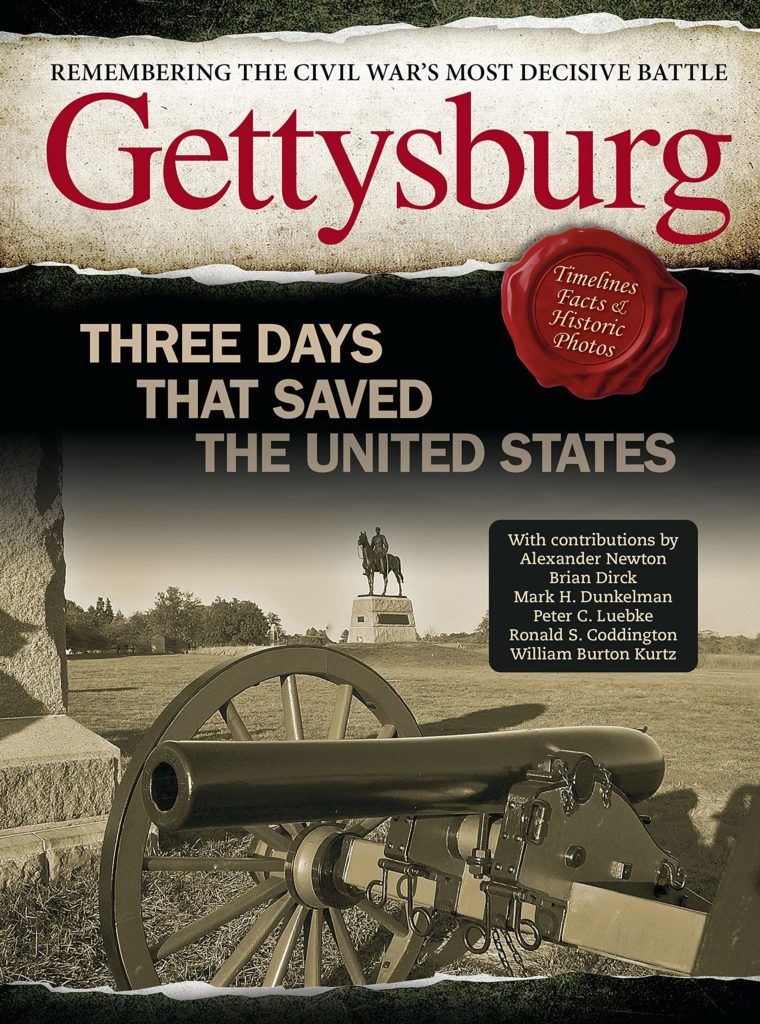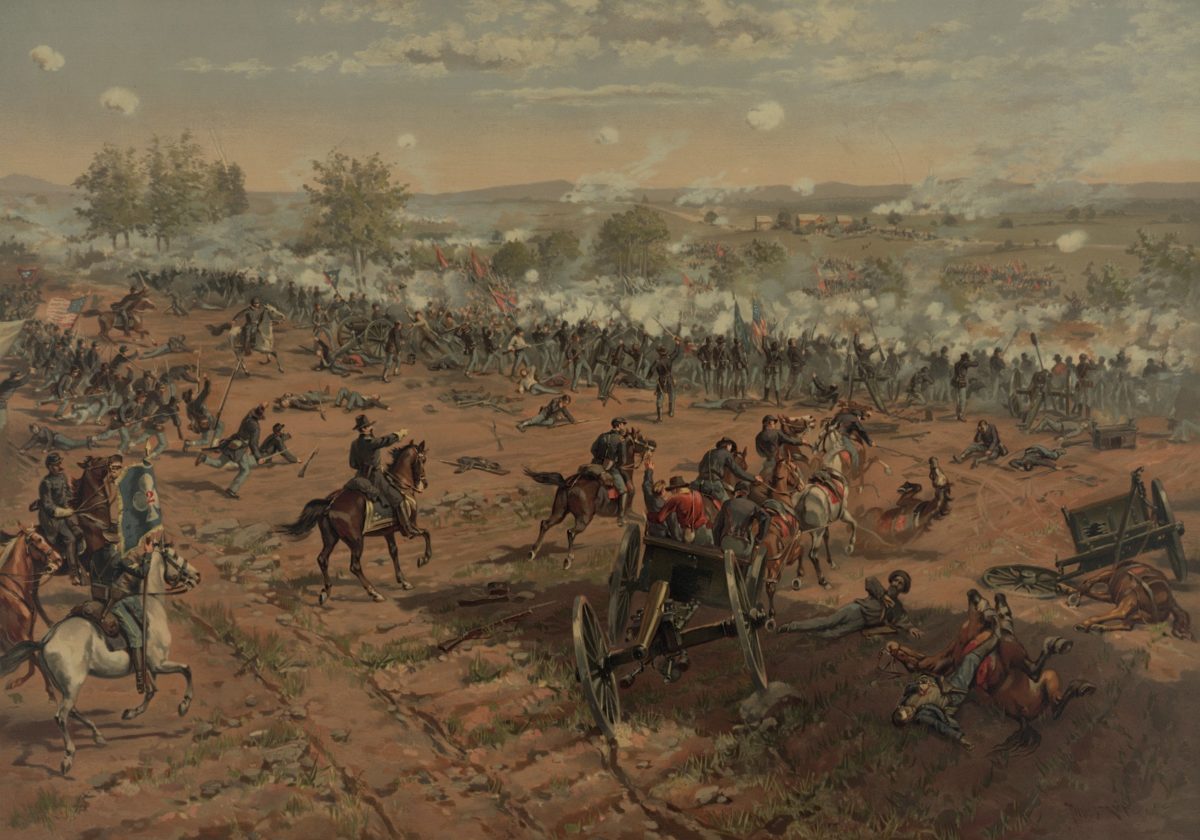When it comes to the Civil War, there’s one word nearly synonymous with the study of America’s most momentous conflict, and that word is “Gettysburg.”
Civil War enthusiasts, scholars, and even those with just a tertiary interest in this period of history understand that those three days in July 1863 may have been the most decisive of the war’s four arduous years, not just because of its impacts on both armies’ strengths and strategies, but also its impression on another theater of the war — public perception.

Gettysburg: Three Days That Saved the United States
Edited by Ben Nussbaum, Fox Chapel Publishing, May 24, 2022
This post contains affiliate links. If you buy something through our site, we might earn a commission.
Out of the Battle of Gettysburg was born a cornucopia of new hero stories, both civilian and soldier; a litany of now recognizable locales to visit, including Little Round Top, Devil’s Den and Culp’s Hill; and a host of terms and phrases such as “Pickett’s Charge” and “fix bayonets,” infused with new meaning and added to the Civil War lexicon.
“Gettysburg: Three Days That Saved the United States” is a sort of commemorative volume covering the battle that raged in Pennsylvania July 1-3, 1863. A revised edition of Fox Chapel Publishing’s 2013 “Gettysburg: 150th Anniversary,” the bookazine offers readers a brief overview of the fighting that occurred on Day One, Day Two and Day Three, then packs the pages with a collection of historic photographs, charts, facts and figures, quotes, easily digestible summaries and stories from the battle.
Profile pieces highlight the commanding generals, Robert E. Lee and George G. Meade, but also include some notable Gettysburg battle figures such as the Rev. William Corby, John Burns and Amos Humiston. The book features postwar remembrances of the battle, including a piece about the 50th anniversary reunion and the veterans who attended it, battlefield monuments, reenactors and today’s efforts to preserve the battlefield. General Civil War topics also receive some attention here, including an article about medical advancements during the war and the role of Black soldiers.
Because the book contains some pieces republished verbatim from nearly a decade ago, a few inevitable errors pop up, such as references to the preservation organization Civil War Trust, which changed its name to the American Battlefield Trust in 2018.
Still, for anyone hoping for a summary overview of some of the Battle of Gettysburg’s most notable stories, figures, photographs and facts, the book offers a nice CliffsNotes understanding of not just the battle but also of the Civil War itself.





